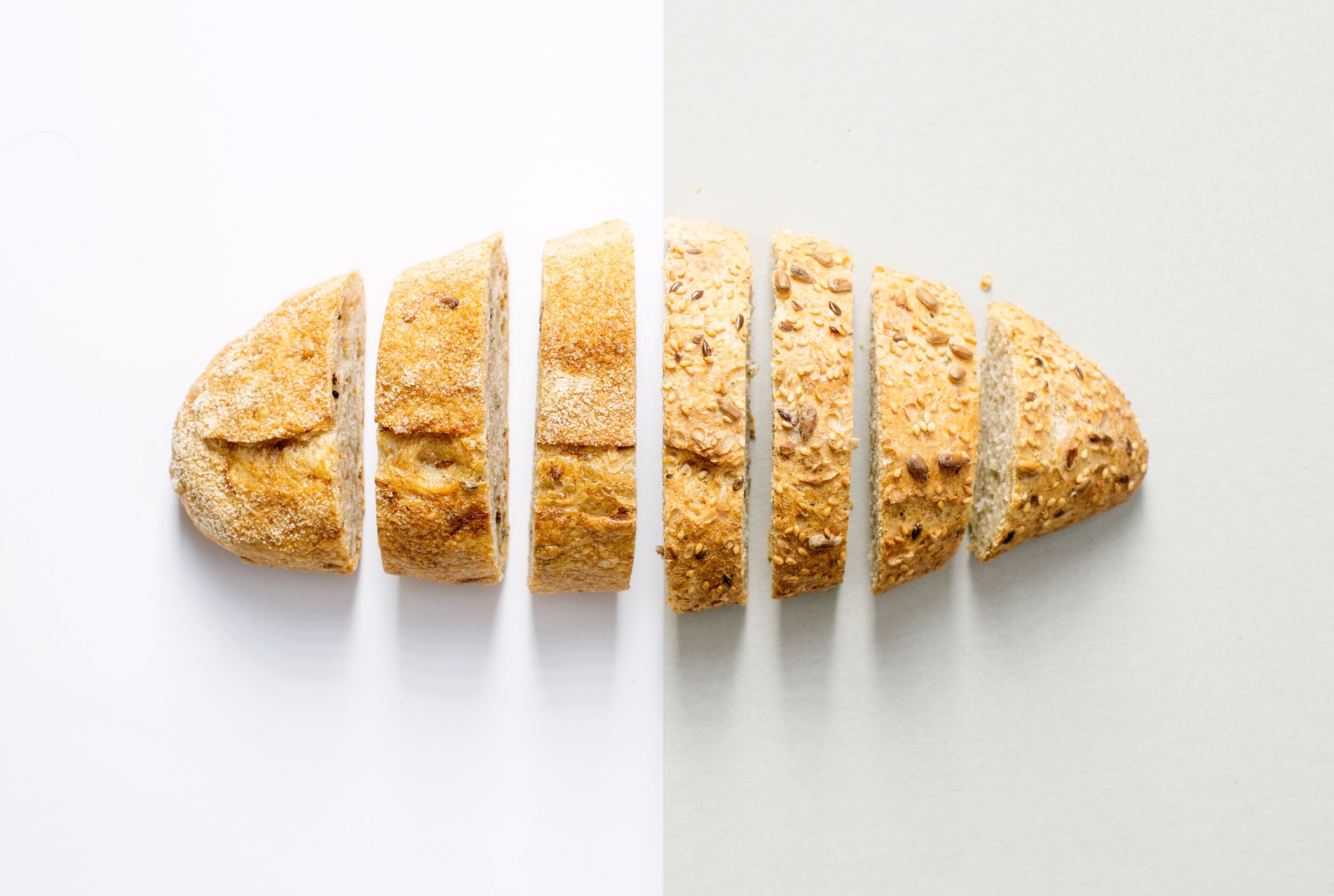The Low Down on the Glycemic Index
You’re going to be mad at me.
In previous posts I recommended you:
to decrease your sugar and salt intake (by the way thank you for doing that)
to eat more fruit and vegetables
and then I went ahead and ruined bacon for you.…Wow, sounds like good times.
Well, prepare yourself for another curveball because I’m throwing the glycemic index at you, but only because COBS Bread made me.
If you’ve been to COBS Bread recently, you might have seen a little sign recommending the “country grain knot roll” or the “country grain half baguette” because they both have a low GI. What does that mean? And why should you care about “low GI”, especially if you’re already eating a diet low in fat, high in fiber, and eating a variety of foods from all food groups?
Truthfully, you don’t—unless you’re trying to manage hyperglycemia—but the overall message is a good one, which is why I’m about to share it with you.
The glycemic index, or more commonly written as “GI”, is a scale that ranks carbohydrate-rich foods by how much they raise blood glucose levels compared to a standard food (white bread). Carbohydrate-containing foods such as starches, fruit, milk, and sugar eventually wind up as glucose in your blood. However, not all carbohydrates behave the same way when it comes to raising your blood sugar—some are digested and absorbed quickly, while others are broken down and converted slowly. With slower digestion and absorption, you’ll experience a smooth, steady blood sugar level, which leads to more consistent energy levels.
Eating foods with a low GI may help to:
control blood glucose and cholesterol levels
control appetite
decrease risk of heart disease
decrease risk of type 2 diabetes
Unfortunately, this does NOT mean you can eat as many low GI foods as you want! Instead, try including at least one low-GI food per meal such as pita bread (white), All-Bran Original (Kellogg’s), sweet potatoes, al-dente pasta, lentils, low-fat yogurt, and popcorn.
Finally, why not try the following experiment to understand how GI levels affect your hunger?
For breakfast one morning, have two slices of white bread and note down what time you need your next snack. The following morning, have a bowl of high fiber cereal, and again, note what time you start to get hungry. If I were a gambler, I’d bet the snack on day two came much later than the snack on day one!
For more information, click here!
If you enjoyed this post please click like, share it with family & friends or sign up to our newsletter to receive news and updates from Food Yourself.
Image Courtesy of MarianaKurnyk



